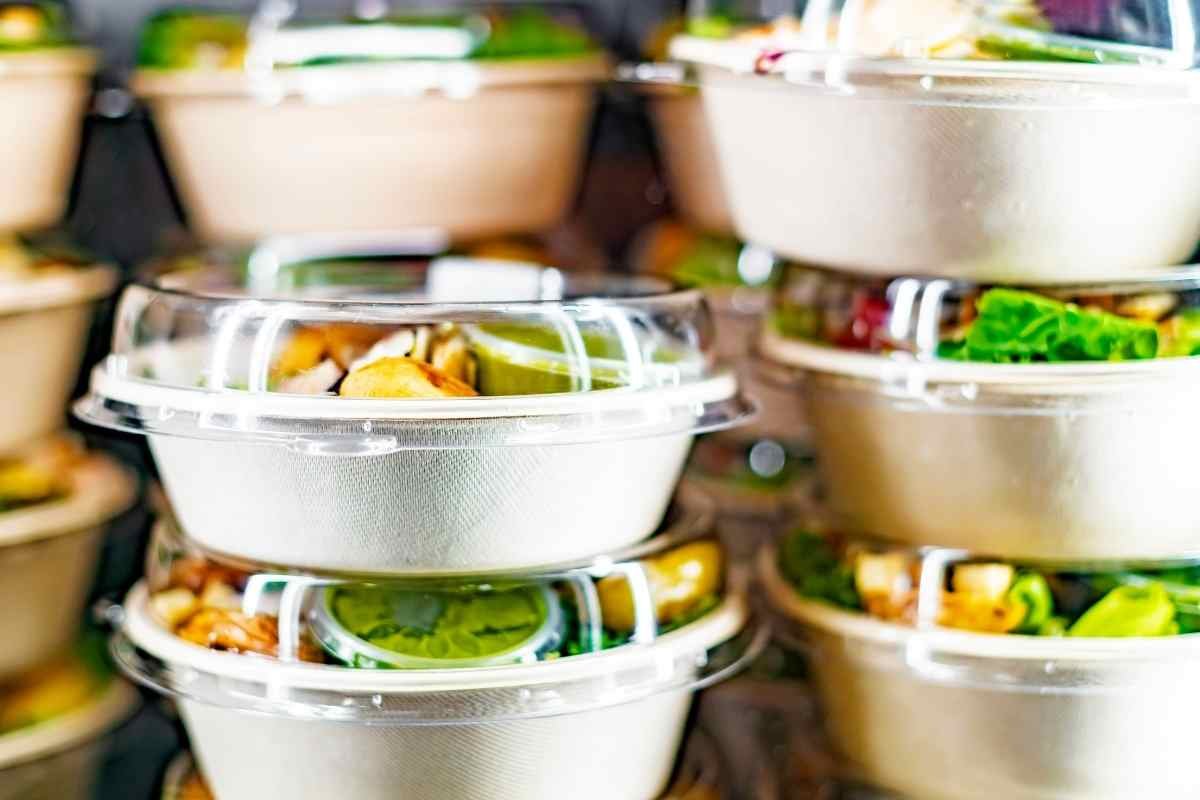The ready-to-eat (RTE) food market in India is witnessing remarkable growth, fueled by significant shifts in consumer lifestyles, rapid urbanization, and an increasing demand for convenience. As busy schedules become the norm, RTE foods are emerging as a staple in modern Indian households.
The Rise of Ready-to-Eat Foods in India
- Changing Consumer Lifestyles
In recent years, Indian consumers have increasingly prioritized convenience due to hectic work schedules and lifestyle changes. The RTE food segment has become a go-to option for many, offering quick meal solutions without sacrificing taste or nutrition. The market is projected to grow at a compound annual growth rate (CAGR) of 15.3%, reaching an estimated revenue of $2.1 billion by 2030. This growth is indicative of a broader trend where consumers seek efficient meal options that fit seamlessly into their fast-paced lives.
- Urbanization Trends
Urbanization is a major driver of the RTE food market. As more individuals migrate to cities for better job opportunities, their need for convenient food options rises. Urban dwellers often find themselves with limited time for cooking, making RTE foods an attractive alternative that saves time while providing diverse flavors. According to estimates, urban areas will house over 600 million people by 2031, further increasing the demand for quick meal solutions.
- Demand for Convenience
The demand for convenience is reshaping dietary habits across India. RTE products cater to consumers seeking quick meals that fit into their fast-paced lives. This trend has led to a broader acceptance of packaged foods that offer quality and variety, including frozen meals, snacks, and instant mixes. With busy professionals and students driving this demand, the RTE food market is expected to thrive.
In a fast-paced world, ready-to-eat foods are not just a convenience; they represent a lifestyle shift, allowing busy Indians to savor diverse flavors without compromising on nutrition.
Key Growth Drivers
1. Increasing Disposable Incomes
The rising middle class in India is willing to spend more on convenient food solutions. As disposable incomes increase, consumers are exploring new food options that align with their busy lifestyles and dietary preferences. This economic upliftment has resulted in a greater willingness to invest in quality food products.
2. Influence of Western Eating Habits
Globalization has significantly impacted Indian dietary preferences, particularly among younger generations who are more open to trying international cuisines and fast-food options. This cultural shift has contributed to the growing popularity of RTE foods that mimic the tastes of beloved street foods and global dishes.
3. Technological Advancements
Improvements in packaging technology and distribution networks have enhanced the availability and shelf life of RTE products. Innovations such as microwaveable pouches and resealable packs ensure that consumers have access to fresh and nutritious meals at their convenience. These advancements extend product longevity and enhance consumer experience by providing easy-to-use formats.
Market Segmentation
| Segment | Description |
| Ready-to-Cook | Products requiring minimal preparation while retaining homemade taste |
| Frozen Meals | Pre-cooked meals stored at low temperatures for extended shelf life |
| Instant Mixes | Quick-preparation items that offer traditional flavors with modern convenience |
| Snacks | Ready-to-eat snacks catering to on-the-go consumers |
Distribution Channels
The distribution landscape for RTE foods in India is evolving rapidly:
- Supermarkets/Hypermarkets: These retail formats dominate the market by providing a wide range of RTE options under one roof, allowing consumers to compare brands and prices conveniently.
- Online Platforms: E-commerce is becoming increasingly popular for purchasing RTE foods, especially among tech-savvy consumers who prefer shopping from home.
- Convenience Stores: Smaller retail outlets are also playing a significant role in making RTE products accessible to consumers seeking quick meal solutions on the go.
Future Outlook
The future of the RTE food market in India looks promising, with projections indicating a CAGR of 15.3% through 2030. As manufacturers continue to innovate and cater to evolving consumer preferences—such as health-conscious options and family-sized meals—the market is set to expand further.
[ruby_related heading=”More Read” total=5 layout=1 offset=5]
Product Innovation and Variety
There is a growing trend towards product innovation within the RTE food market. Manufacturers are introducing new flavors, cuisines, and meal options to cater to diverse consumer preferences across regions in India. This includes fusion foods combining traditional Indian recipes with global influences. The emphasis on sustainability in packaging also reflects changing consumer values toward environmentally friendly practices.
The ready-to-eat food market in India is not just a passing trend; it reflects a fundamental change in how consumers approach meal preparation and consumption. With urbanization on the rise and lifestyles becoming increasingly fast-paced, RTE foods are positioned to play a crucial role in the culinary landscape of modern India.






